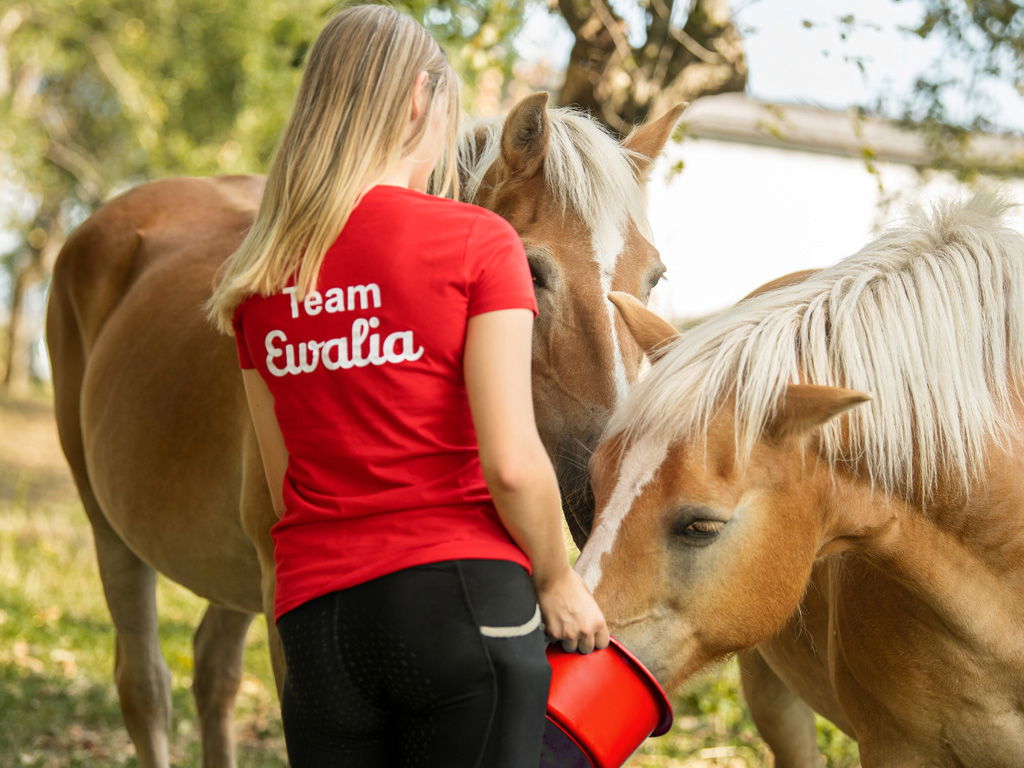Great Yellow Gentian

Great yellow gentian (Gentiana lutea) – or, more specifically, its root – is by far the most bitter of all medicinal plants grown in these parts: one gramme is enough to make 10 L of water taste bitter. Gentian helps to relieve digestive complaints and is also an excellent aid in strengthening the entire organism.
Where does great yellow gentian come from, and what does it look like?
Great yellow gentian grows in lean mountain meadows, chalky soils, and on primary rock in the mountainous regions of southern and south-eastern Europe. It is a hardy plant that can survive up to 60 years in rough mountainous areas. In contrast to its much smaller blue relative, it can grow to 150 cm in height. Its sturdy stem grows from a basal rosette of leaves. The leaves are grey to blue-green and smooth and are arranged opposite on the stem. The leaves grow up to 30 cm in length and 15 cm across.
The great yellow gentian waits 10 years to flower, and the flowering period lasts from June to August. The yellow-gold, funnel-shaped flowers form umbels from the leaf axils up to six tiers, one above the other. After flowering, the plant forms capsules in which the seeds mature. The seeds are winged and easily carried by the wind.
Great yellow gentian plants survive the winter with the help of their strong rootstocks, which may grow to be as thick as a forearm. The taproots of older plants may be 5 cm in diameter and a metre long.
Like other gentian species, great yellow gentian was once quite often used to make gentian schnapps, which has caused considerable decline in the plant's population. Today it is a protected species and may not be picked in the wild. It is also often confused with the highly poisonous white false hellebore (Veratrum album), which looks very similar to the great yellow gentian when not in flower and grows in the same locations. Great yellow gentian is cultivated today for medicinal uses.
How is great yellow gentian used in phytotherapy?
Gentian root has been known as a bitter substance since Roman times. It was considered a purifying, healing drink for fever, gout, and even plague. The yellow gentian's bitter bile taste made it quite popular, since bitter medicine was considered particularly effective.
Today, gentian is used primarily for its effects on digestion. The root is likewise used as a strengthening tonic for muscle weakness or following illnesses, and as an expectorant for respiratory ailments. Gentian root extracts also have immunomodulatory and anti-inflammatory properties.
For this the root is collected in the spring, dried, and ground. Its scent is reminiscent of dried figs and its taste is initially somewhat sweet but soon turns extremely and persistently bitter. The roots are used to make tea, cold infusions, tinctures and drops.
What substances make gentian so effective?
Gentian root is a pure bitter substance and contains almost no tannins. It gets its bitter taste mainly from the chemical compound amarogentin. In its pure form, this substance has a bitter value of 58,000,000, meaning that one gramme will make about 58,000 litres of water taste bitter. The quantity of bitter substances depends on the season in which the root was harvested as well as the elevation at which the plant grew.
Bitter substances stimulate the taste receptors on the tongue and cause a reflex that increases saliva production. In the stomach, bitter substances stimulate increased production of the digestive hormone gastrin, which increases gastric and bile juices and stimulates the pancreas. The increased production of digestive juices increases appetite and aids digestion. Gentian can also improve intestinal peristalsis, the wave-like movements that ensure the transport of chyme through the gut.
The root contains fermentable carbohydrates, glucose, and fructose, making it well suited for use in making high-proof alcohol. The spirit still contains gentian's essential oils, but without the bitter substances.
What equine ailments can gentian be used to treat?
Gentian is effective in treating loss of appetite in horses and thus helps to speed up regeneration after illness.
Tip: When used to stimulate the appetite, gentian should be administered about half an hour before a meal.
Gentian extracts act as a digestive stimulants and cleansing agents to strengthen liver function and promote a strong immune system. Gentian is also suitable for horses with delicate stomachs, as it contains almost no tannins.
Gentian extracts make effective tonics for treating muscle weakness.
Adverse effects:
The bitter substances in gentian can lead to the development of gastritis if consumed in excessive quantities or over excessively long periods. Always follow the manufacturer's instructions when feeding gentian supplements! Do not administer gentian preparations to horses with gastro-intestinal ulcers or gastritis!
Sources
- Brendieck-Worm, C., & Melzig, M. F. (2018). Phytotherapie in der Tiermedizin. Stuttgart: Georg Thieme Verlag KG.
- Heilpflanzenwissen. (2021). Von Gelber Enzian: http://heilpflanzenwissen.at/pflanzen/gelber-enzian/ abgerufen
- Reichling, J., Gachnian-Mirtscheva, R., Frater-Schröder, M., Di Carlo, A., & Widmaier, W. (2008). Heilpflanzenkunde für die Veterinärpraxis. Berlin-Heidelberg: Springer Medizin Verlag.













